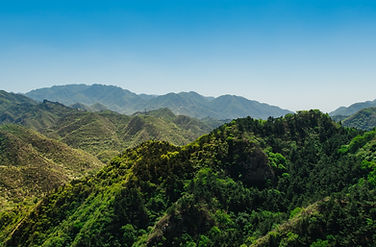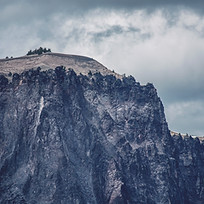


Mountainous Ranges
This module is designed to provide you with fun and meaningful opportunities for guided and independent learning at your own pace and time. You will be enabled to process the contents of the learning resource while being an active learner.
Foreword:
Migration links mountain communities with lowlands, urban areas and foreign countries. It alters the social fabric and traditional gender roles. Migration reduces poverty – through financial and social remittances – and sparks innovation and transformation in mountains. and migration results in changes in the use of land, with positive or negative consequences. Migration has diverse outcomes – both on people and on the environment. The extent to which migration affects mountain people’s livelihoods and their resilience depends on their household assets such as land, finances, labor force, education and social networks. It also depends on environmental conditions and the institutional and political context, both national and regional. Migration from and to rural mountains results in opportunities and challenges for sustainable mountain development.
The Alps in Europe:
Severely affected during the twentieth century by depopulation and neglect, the Alps also suffered an erosion of their cultural heritage. Since the beginning of the twenty-first century, however, population has begun to grow in many areas, mainly due to the settlement in the uplands of both highlanders by choice (largely youth dissatisfied with city life) and highlanders by necessity (economic migrants). In recent years, however, the Alps have been increasingly hosting also asylum-seekers and refugees/highlanders by force.
Life in America began with migrations many thousands of years ago and many Native peoples consider their people to be here from "time immemorial. "Migrations and encounters have resulted in innumerable forms of individual and group interaction. "Migration and Immigration" includes stories of people's movement and change and also the formation of family and community, each of which evolve according to cultural norms, historical circumstances, and environmental contingencies. Explore this video as a explore takes on the Darian Gap and explore mountain regions with the interactive activity.
Questions
Read the following article, answer questions on a Word Document and be prepared to discuss in class.


What are the effects of Alpine repopulation, and notably the impact of foreign inhabitants, on local cultures?
Should repopulation be seen as an opportunity for social innovation and cultural creativity or rather as a threat to “indigenous” cultures?
Is demographic discontinuity precluding cultural continuity?
Will foreign immigration, especially if directed to demographically depleted areas, favor over time the emergence of new forms of identity and “tradition,” as a result of the re-invention of the territory?
Reflections
The challenges of migration in the context of environmental change require a new strategic approach to policy.
Migration can represent a ‘transformational’ adaptation to environmental change, and in many cases will be an extremely effective way to build long-term resilience.